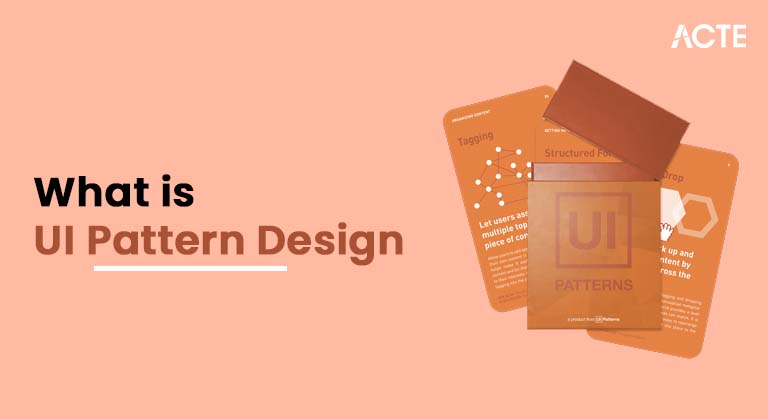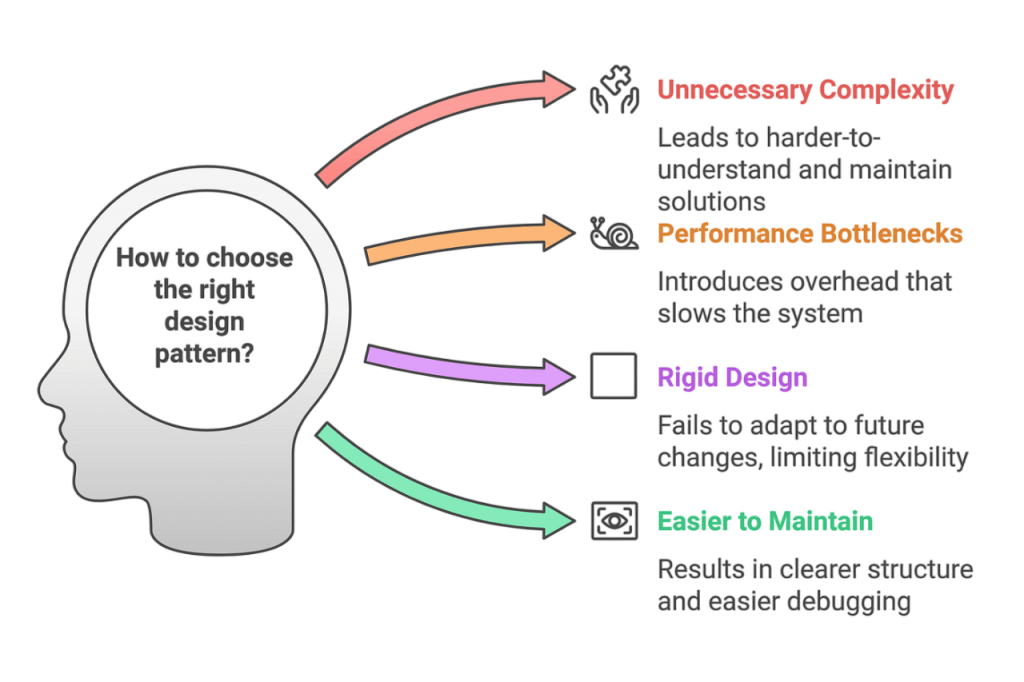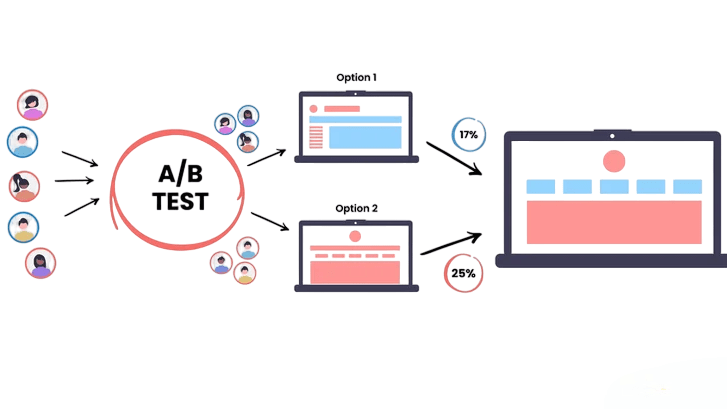
- Introduction to UI Patterns
- Common Design Patterns
- Navigation and Layout Patterns
- Form Design Patterns
- Interaction Design Examples
- Mobile-Specific Patterns
- Pattern Libraries Overview
- Choosing the Right Pattern
- A/B Testing of Patterns
- Plugins and Integrations
- Accessibility in Pattern Design
- Maintaining Pattern Consistency
- Conclusion
Introduction to UI Patterns
In the field of user interface (UI) and user experience (UX) design, UI patterns play a vital role in creating intuitive, efficient, and user-friendly digital products. A UI pattern is a reusable solution to a commonly occurring problem in interface design. Just as architects rely on proven building techniques, UI designers use patterns to solve design challenges in a way that users can easily understand and navigate an essential concept emphasized in UI/UX Training, where learners study interaction models, usability heuristics, and pattern libraries to build intuitive and consistent user interfaces. UI patterns help maintain consistency across a product, reduce the cognitive load on users, and speed up the design process by providing a starting point based on best practices. They serve as a shared vocabulary among designers, developers, and stakeholders, enabling faster communication and clearer expectations. Understanding UI patterns and their applications is essential for anyone involved in product design, development, or management. This article explores the basics of UI patterns, common types, how to choose and implement them, and best practices to ensure accessibility and consistency.
Ready to Get Certified in UI/UX Design? Explore the Program Now UI/UX Design Online Training Offered By ACTE Right Now!
Common Design Patterns
UI design patterns are essential tools that help users understand and navigate digital interfaces across various platforms. Navigation patterns serve as roadmaps, guiding users through complex applications by providing clear pathways. Common design patterns approaches include the horizontal top navigation bar, which works well for websites with limited main categories. It offers a clean and simple menu experience. For more complex applications with multiple sections, sidebar navigation is a flexible solution. It presents a vertical menu that allows quick and efficient access to different sections. In addition to these main navigation strategies, breadcrumbs offer a hierarchical trail that helps users locate themselves within an application’s content structure. This improves overall orientation and user understanding. Mobile interfaces often use the compact and adaptable hamburger menu, which features three horizontal lines. This design allows creators to build streamlined, space-saving navigation that can be easily expanded or collapsed based on what users need.
Form Patterns
Forms are crucial for data entry but can often be a source of friction if not designed well. Common form patterns include:
- Single Column Forms: Simplify input by placing all fields in one vertical column.
- Multi-Step Forms: Break longer forms into smaller sections or pages to reduce overwhelm.
- Inline Validation: Provide immediate feedback as users fill out form fields.
- Placeholder Text and Labels: Use clear labels and placeholders to guide users.
To Explore UI/UX in Depth, Check Out Our Comprehensive UI/UX Online Training To Gain Insights From Our Experts!






